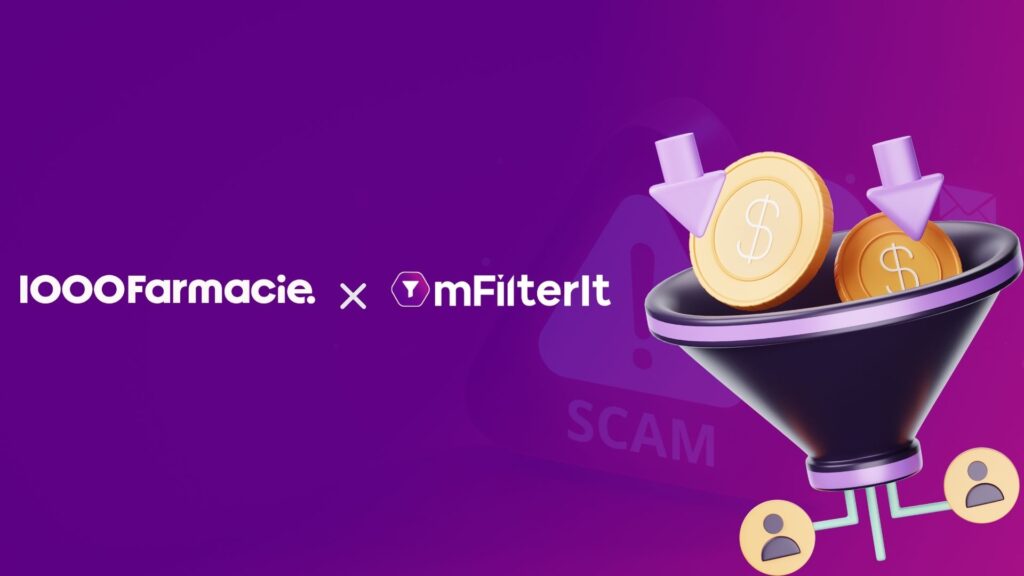Programmatic has brought a revolutionary change in digital advertising. With its complete automation process, it has made it easier for advertisers to get the best place for their ads. However, every change comes with its own set of challenges. It is a challenging decision for an advertiser to make a move toward the big and promising world of real-time bidding advertising. All the things are shiny, but certainly, some red flags can be avoided to get the best returns on the ad spends.
Programmatic advertising has portrayed itself as the best solution to traditional advertising. However, some challenges make it hard for advertisers to trust the ad-tech ecosystem blindly. We’re here to spill the beans on how these challenges are directly impacting your ad campaigns and what you can do to protect them.
Read along and ensure that your brand doesn’t have to be the victim of fraudulent practices and other limitations of programmatic ads in the future.
Table of Contents
ToggleProgrammatic Advertising – Challenges & Solutions
1. Lack of Transparency
Due to programmatic advertising, many publishers have emerged that attract a large audience. Though the ideal goal of an advertiser is to reach a wider audience, these publishers cause a major concern for brand safety. These sites are usually low-quality and spam sites which redirect irrelevant traffic to the campaigns and impact the brand reputation. In addition to this, lack of transparency in the programmatic also impacts the decision of ad budget allocation for an advertiser. As they are unaware of the real impact of the ad campaigns and where their ads are showing, they are unable to decide which campaigns are genuinely performing better.
Solution
To solve this problem, mFilterIt’s ad fraud solution ensures that your ad campaign doesn’t consist of fraudulent and invalid traffic. We detect the sources of the malicious traffic and blacklist the fraudulent IP addresses to prevent the impact on future ad campaigns.
2. Viewability Issues
As defined by the International Advertising Bureau, ad viewability is a standard metric to measure viewable impressions. According to them, an ad is considered viewable when it appears at least 50% on screen for more than one second. This is a quantifiable metric to know the percentage of ads that are viewed by real people.
However, in programmatic advertising, many factors impact the viewability of an ad. Some of the factors are audience targeting, platform choices, and context which determines that the ads are shown to the right audience in real time and place.
Solution
Our Ad fraud software ensures that your digital ads are viewable to the targeted audience. Our solution also detects the ad placements on brand unsafe placements, masked websites, and sets of devices used for ad impressions.
3. Advertising Fraud & Bot Traffic
According to a stat, “37% of ad buyers are worried about ad fraud”. And it has become a serious cause of concern in programmatic advertising. In the programmatic ecosystem, the landscape is littered with abusive vendors, non-human traffic sources, and click bots. And it’s an escalating problem because if you are basing your Return on Investment (ROI) on soft KPIs like impressions or views, then it is quite easy to fake fraudsters.
In 2021, the traffic coming from bad bots accounted for 27.7% according to Statista. If taken the right measures to detect and prevent ad fraud, advertisers can get access to more accurate data and get a greater return on their ad spends.
Solution
To ensure that your ad campaigns are not impacted by fraudulent traffic and other ad fraud techniques, partner with an ad fraud detection tool provider like mFilterIt. Our fraud prevention and detection ensures to detect bot patterns and other fraud categories in your ad traffic and takes preventive actions to provide cleaner traffic.
4. Impact on Brand Safety
Beyond the viewability issues and ad inventory problems, one of the biggest challenges with programmatic advertising is its impact on brand reputation. Beyond the revenue, if a brand’s reputation comes at stake, it can create havoc and ruin its image in front of its consumers.
Apart from checking the quality of your traffic, a brand needs to ensure some additional things like:
- Where are your ads placed?
- What is the tone of your ad content?
- Is your content promoting anything illegal, scam, or fake?
These checks are necessary to ensure that your ad doesn’t hurt the sentiments of your consumers and place you as a brand involved in illegal acts.
Solution
Keep a check on the placement of your ads and ensure that they are not showing on websites promoting violence, pornography, terrorism, fake news or hate speech.
Conclusion
Every revolutionary idea has its share of pros and cons. While Programmatic advertising comes with the above-mentioned challenges, it also comes with a plethora of benefits that can make a difference in the digital advertising space.
To enjoy the best of both worlds, advertisers can take small steps to protect their ad campaigns and brand reputation. And while they do their part, an ad fraud prevention and detection solution provider like mFilterIt can help in making programmatic advertising a fraud-free space for your digital ad campaigns.
By eliminating ad fraud in the programmatic space, advertisers can leverage the benefits of reaching the right audience and getting better returns on digital ad campaigns.
Get in touch to learn more about programmatic advertising.









